Foam rolling is a fantastic way to support muscle recovery, reduce soreness, and keep your body in top shape. By applying gentle pressure to your muscles, you can reduce tightness, improve blood flow, and enhance your flexibility. In this guide, we’ll cover what foam rolling is, its many benefits, and how to roll out each major muscle group for optimal relief and recovery.
What is Foam Rolling?
Foam rolling, or self-myofascial release (SMR), involves using a foam roller to apply pressure to tight muscles and connective tissue (fascia). This process helps break up adhesions, or “knots,” that can form in the fascia surrounding muscles. According to the National Academy of Sports Medicine (NASM), self-myofascial release can increase blood flow and even stimulate nerve receptors to improve muscle function and overall mobility.
How Does Foam Rolling Help?
Foam rolling offers a range of benefits beyond muscle relief. Here’s how it can support your fitness journey:
Boosts Blood Flow – Rolling helps deliver oxygen and nutrients to your muscles, promoting quicker recovery.
Reduces Muscle Soreness – Studies, including those referenced by NASM, show that foam rolling can reduce delayed-onset muscle soreness (DOMS), making it easier to get back to your routine.
Improves Flexibility and Mobility – By releasing muscle tightness, foam rolling can enhance your range of motion, leading to better overall performance.
Reduces Injury Risk – Regular foam rolling helps correct muscle imbalances and adhesions that could otherwise lead to injury.
Sources:
National Library of Medicine: "Effects of Foam Rolling on Recovery"
How to Foam Roll Each Muscle Group
Here’s a quick guide to foam rolling each major muscle area. Take it slow, and spend 1-2 minutes per area, focusing on any tight or sore spots.
Quads (Front of Thighs):
Lie face down with the roller under your thighs. Slowly roll from hip to knee, pausing on tight spots.Hamstrings (Back of Thighs):
Sit with legs extended and place the roller under your hamstrings. Use your hands for support, lifting slightly to roll from the back of your knee to your glutes.Calves:
Place the roller under one calf and cross the other leg over for added pressure. Roll from ankle to knee, focusing on tender spots.Glutes and Piriformis:
Sit on the foam roller with one ankle crossed over the opposite knee. Lean to one side to target the glute, rolling back and forth.IT Band (Outer Thigh):
Lie on your side with the roller under your outer thigh, rolling gently from hip to knee. Be cautious, as this can be intense.Back (Upper and Lower):
Lie with the roller under your upper back, supporting your head with your hands. Roll down to your mid-back, and avoid rolling your lower back directly, as this can strain muscles.Lats (Upper Back and Sides):
Lie on one side with the roller under your armpit. Extend your arm above your head and roll slowly to target the upper back area.
When to Foam Roll
Pre-Workout: A quick session increases circulation, priming muscles for movement.
Post-Workout: Rolling post-exercise releases tension and speeds recovery.
Rest Days: Foam rolling keeps muscles loose and helps prevent soreness on days off.
Common Mistakes to Avoid
Rolling Too Quickly: Slow, controlled movements are key to releasing tension.
Rolling Directly on Joints or Bones: Only roll on muscle tissue to avoid injury.
Overdoing It: Spend only a few minutes per area to avoid bruising or muscle damage.
Conclusion
Foam rolling is a simple, effective tool for muscle recovery and injury prevention. With the right techniques, you can relieve tightness, reduce soreness, and support healthy mobility. Start rolling your way to better flexibility and recovery today!
Sources
Fitness Programer: "Foam Roller Exercises for Better Post-Workout"
Made4Fighters: "How to Use a Foam Roller"
American Council on Exercise: 6 Benefits of using foam rollers
National Library of Medicine: "Effects of Foam Rolling on Recovery"
Visual learner?
Check out these videos from NASM HERE:


